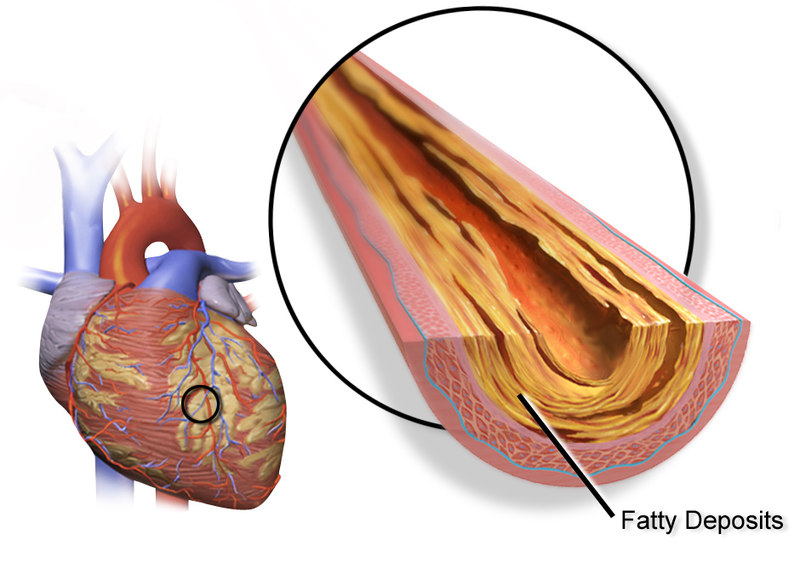Scientists and engineers are beginning to grow meat in laboratories, not artificial meat, but meat that is indistinguishable from animal meat but without the animal. In vitro means “in a test tube” or a culture dish or anywhere outside of a living organism; thus the names “test tube meat”, “tube steak” and “shmeat”.
The first mention of laboratory grown meat appeared in Tissue Engineering Journal in 2005 but the concept goes back at least to Winston Churchill who predicted that in the future people would find a suitable environment in which to grow animal parts: chicken breast, wings, etc. for consumption.
The economic, environmental and health benefits of in vitro meat include the need for 60% less energy, 95% less greenhouse gas, cleaner meet with less E. coli, leaner meat, and meat without the use of hormones and antibiotics. In addition, meat could be infused with healthy omega’s and nutrients.
In vitro production of animal muscle cells, muscle being the main substance consumed by humans, involves combining muscle cells and proteins that help the meat grow. The process of growing meat would be similar to making yogurt from yogurt cultures.
The main challenge in creating animal meat and human parts for that matter has to do with the stresses that tissues, muscles and organs go through as part of a living organism. These stresses must somehow be re-created in the lab for the tissue to have the same consistency as that in an animal or human.
In a recent IndustryTap article “Engineering Synthetic Skin” MIT professor Robert Langer mentioned that Bill Gates had shown an interest in the idea. The Bill and Melinda Gates Foundation’s credo is to abolish hunger and they are leaving no stone unturned.
If in vitro mean becomes a reality there is no end to the types of meat that could be produced: dodo bird meat, dinosaur barbecue: you name it! It is currently estimated that an in vitro hamburger would cost over $350 so we have a ways to go!






